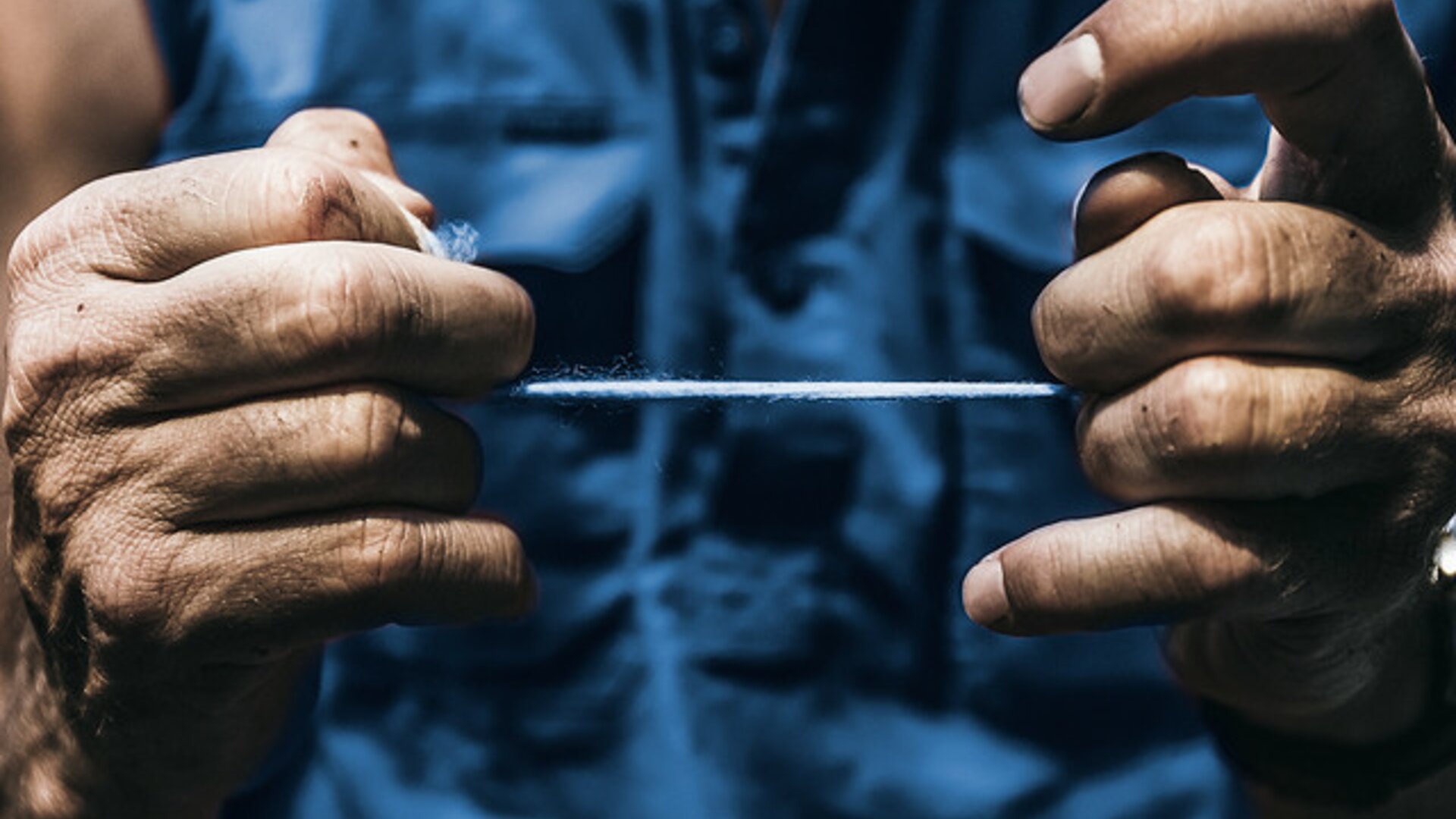Save 10% on your individual safety bundle consisting of an avalanche transceiver, shovel, and probe. Put the products in your shopping cart and save 10%.
Save 10% on your individual safety bundle consisting of an avalanche transceiver, shovel, and probe. Put the products in your shopping cart and save 10%.

In its original state, yarn is simply the woolen fiber that comes from the animal and is later processed by weaving or knitting.
Once the merino wool has been shorn and packed in Tasmania and transported to Asia and Europe, it is washed. This happens in facilities run by ORTOVOX’s partner companies in China or in Bulgaria. In the next step, the long and short wool fibers are separated from each other and the longer fibers are placed in the spinning mill.
There are basically two different spinning methods or techniques: Worsted spinning and carded wool yarn spinning. Here at ORTOVOX, we use the worsted spinning technique for 98% of all our products. In this process, the yarn comes from the longer fibres, which is the end product obtained by combing the wool. Any fibers that are too short and might break at a later point are combed out here for quality reasons.
The aim of each spinning process is to produce even strands of yarn that aren’t too thick or thin in any area. This is also known as parallelization of fibers. If there are any overly thin areas, the thread might break at some point and a hole will form in the fabric – of course, nobody wants that to happen.


The wool top is placed in large buckets. From here, several buckets of top are fed in parallel into machines known as “drawing systems” to achieve the desired evenness. The result of this process, known as sliver, is then fed onto ring spinners. These are rather large machines that ensure the fibers are woven evenly and spun in a rotary motion. The fibers are bound together by this twisting motion, which in turn produces friction and gives the yarn its all-important stability and rigidity. As you will no doubt have noticed: When threads are positioned in parallel, they are easy to pull apart – but as soon as you twist them, they become stable and solid. So in other words, spinning a fiber to make yarn is just another way of describing the process of making thread strong by twisting it.
At ORTOVOX, the product development department is responsible for setting the micron thickness and length, as well as for deciding which fibers are spun and turned and how. Furthermore, depending on the product, a weaving or knitting specialist from outside the company may also specify additional technical requirements that have to be taken into account in product development processes. ORTOVOX engages in a very close, in-depth cooperation with the spinning mills in this regard.
The art of making yarn is also about finding the correct ratio of short, medium and long fibers, then using the right spinning procedure for this raw material. This is the task of the “manipulator”, an important member of staff in every spinning mill.
As well as the classic ring-spun method, the patented Nuyarn spinning process is also used in product development.


Nuyarn is a very fine special yarn with a nylon core, making it even warmer and more resistant to abrasion than products made of pure merino wool.
A completely innovative manufacturing process that makes the yarn and thus the material remarkably functional was used for the first time at ORTOVOX when developing Nuyarn: The fine merino wool is spun around a light, elastic and tear-resistant polyamide inner core. This makes the yarn extremely elastic and durable, not to mention very robust. There is no need to twist the fibers firmly here, as the aim is more for the end product to resemble the naturally soft condition of the wool fibers as they are when they grow on the sheep’s back.
With all “normal” wools yarn, the way the fibers are twisted is very important: The textile experts at ORTOVOX and the spinning mills decide upon the varying degrees of turning for the different kinds of yarn: Knitting yarn is turned on a lower setting as it requires lower tensile strength on the machines. Fleece yarn, on the other hand, is spun at a higher speed as it is exposed to greater strains in the machines and later on in the fabric. Ultimately, this material must be capable of withstanding more than others.


The resulting yarns thus have different tensile strengths, both in knitted and woven fabrics. This is also why knitted fabric is not only much more sensitive than woven fabric, but also softer.
As a manufacturing company, we always try to achieve a balance between tensile strength and pleasant wear comfort: The “harder” the yarn is spun, the more rigid it feels to the touch. Soft spinning also produces a soft feel. Sounds logical, doesn’t it? So, you’re more likely to find woven yarn in a pair of ORTOVOX pants, whereas the functional First Layer underwear will mostly be made of knitted fabric.
Register in just two easy steps!